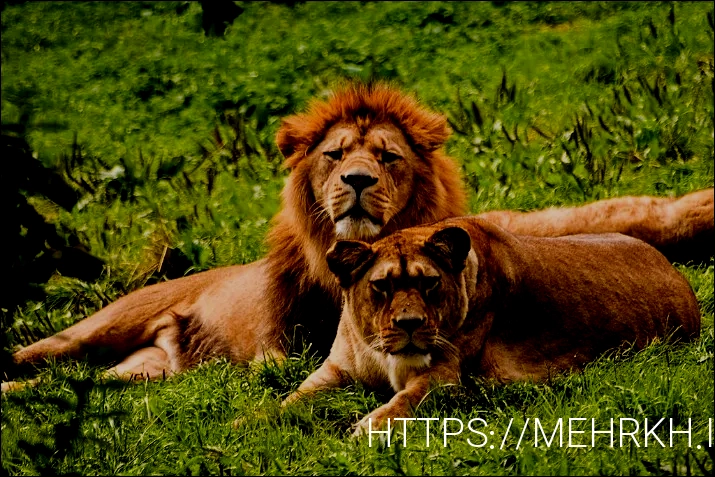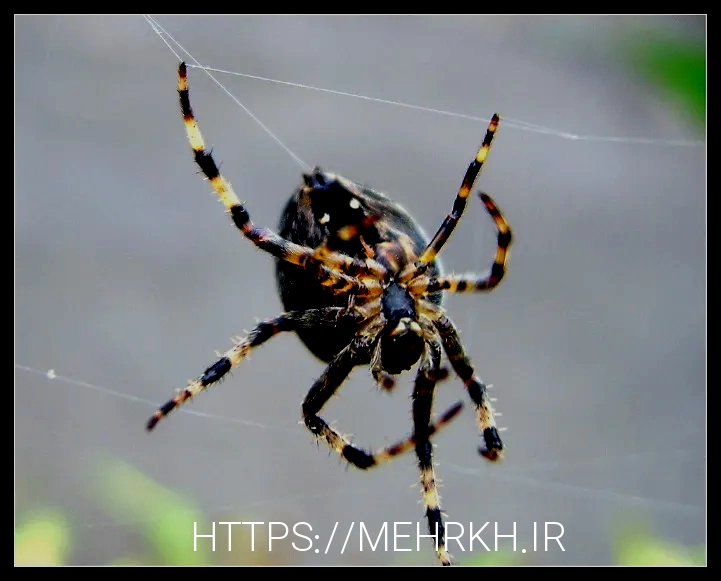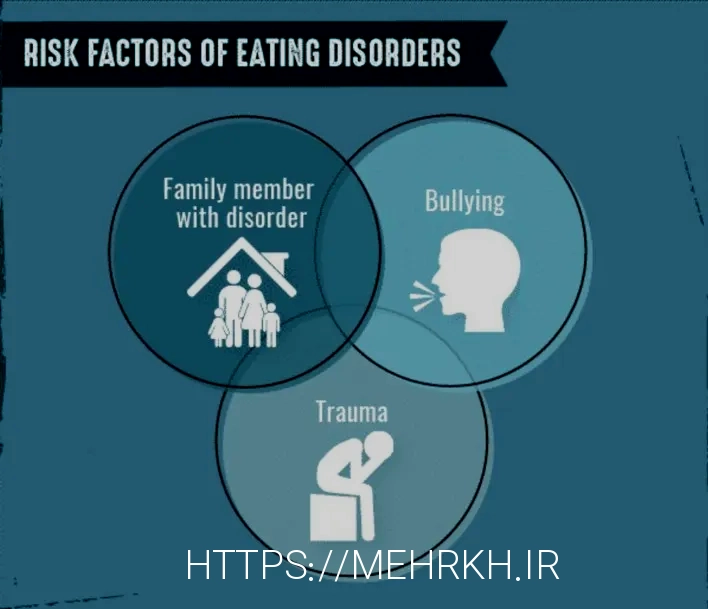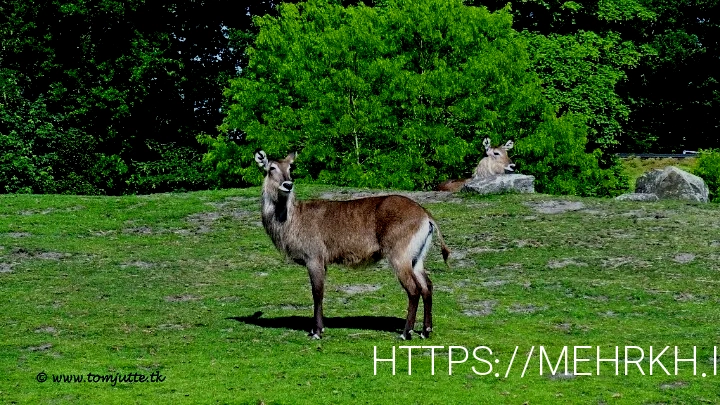NUTRITIONAL GEOMETRY OF FEMALE CHIMPANZEES PAN TROGLODYTES PMC
They are the meat at the heart of every fruity bite of life, the temptation we could not quite describe. Yet, while nearly all figs are pollinated by wasps, the most common variety of domestic figs is an exception. Eventually, these domesticated varieties were managed so heavily some forms became able to reproduce clonally, one mother plant giving birth to identical daughters. Eat it and think of your ancestors, but know you are missing something when you do as is always the case when we try to bite in to the truth of the past3. 3-Clumps—Chimps eat many kinds of fruit throughout the year, but any given fecal sample is likely to include just one or two species of fruit. In essence, chimps eat bananas and apples all day one day and oranges and pears all day the next.
These plant parts offer a burst of flavor and nutrients, adding diversity to their diet. Chimpanzees have been observed using their hands and teeth to pluck flowers and buds from trees, showcasing their dexterity and adaptability. While fruits and nuts may be the stars of a chimp’s mealtime, leaves and vegetation play a crucial role in their diet as well. Chimpanzees are known to consume a variety of leaves, including young leaves, flowers, and buds. These provide them with essential nutrients, such as fiber and minerals, ensuring a well-balanced diet. If you are the average American, you eat more meat and more simple sugar2.
All tests in this study were performed on a portable universal testing machine designed for use in the field (Lucas Scientific FLS-1). This machine consists of a hand-cranked movable crosshead and was equipped with a force transducer to measure the resultant forces and a linear variable displacement transducer that measured accurately movements in the crosshead. The equipment is powered by and interfaces with a laptop computer upon which custom built software allows the calculations of the main material properties of foods.

A chimpanzee’s diet is made up primarily of fruits and plants, though they also consume insects, nuts, eggs, and more. Chimps also eat meat, including smaller monkeys, antelopes, and tortoises. Chimpanzees play a vital role in maintaining the balance of their forest habitats. With a diet consisting mainly of fruits, leaves, nuts, insects, as well as occasionally meat and eggs, their feeding activities help to disperse seeds around the ecosystem, contributing to the growth and regeneration of plant species. Their movements and foraging behaviours also help influence the distribution and diversity of other animal species within their ecosystems. This study used nutritional geometry to explore nutritional balancing strategies of female chimpanzees in the face of fluctuating food resources.

In the past they were thought to be exclusively herbivores, but now it is known that they eat less than 2 percent of meat in their usual diet. So, the next time you enjoy a meal, take a moment to appreciate the incredible diversity and adaptability of our primate cousins. And remember, just like chimpanzees, it’s essential to have a varied and balanced diet to keep our bodies healthy and thriving. Chimpanzees have a sophisticated palate, incorporating various protein sources into their diet. They skillfully forage for insects, enjoying the crunch of ants and the juicy goodness of termites. Rarely, they indulge in meat, showcasing their hunting prowess and ability to scavenge.

Kanyawara is found in Kibale National Park (KNP) which is located in southwestern Uganda (0°13’ to 0°41’N and 30°19’ to 30°32’E) near the foothills of the Rwenzori Mountains. KNP covers an area of 776 km2 (Chapman, Chapman, Kaufman, & Zanne, 1999) and hosts the largest population of chimpanzees in Uganda (Plumptre et al., 2007). Kanyawara experiences bimodal rainfall distribution with two dry (December to January and June to August) and wet seasons (March to May and September to November).
Parties of females and offspring fished for crabs more than adult males. Crab fishing was negatively correlated with ant dipping, suggesting a similar nutritional role. Bossou and Nimba are separated only by about 6 km, and intermittent efforts have been made to survey the Nimba Mountains since 1992 (Matsuzawa and Yamakoshi 1996; Humle and Matsuzawa 2001). However, only the recent effort by Koops and her team revealed the first evidence of aquatic fauna consumption. They also hypothesized that aquatic fauna provides essential nutritional resources for Nimba chimpanzees, especially for females and offspring.

A chimp who opens his mouth and bares his teeth is frightened, but a chimp who opens his mouth while hiding his teeth is looking to intimidate others. Likewise, an aggressive chimp’s hair may stand on end to make him look bigger. These fights for power become more common when a female in the group enters estrus and the males engage in testosterone-fueled battles for mating rights. Most of these battles feature displays of intimidation and loud noises, but rarely end in actual violence as the risk often does not outweigh the reward.
This entailed picking a focal animal from within the group and recording their behaviour continuously for 10 min. After this period elapsed, another individual was then selected and observed. This way one can garner observations across a large group of individuals18. They provide them with essential nutrients, vitamins, and minerals necessary for their overall health and well-being.
Field data collection was conducted from January 2014 to June 2015 using continuous focal observations (Altmann, 1974). Ideally each focal observation (or “follow”) started at dawn when the focal individual left her nest and ended at dusk when she made her sleeping nest. However, sometimes the focal individual had already left the nest before dawn, or we lost the focal individual before she entered her night nest at dusk.
Also, the proposal that a male’s social standing is sensitive to his ability to obtain and distribute vertebrate prey (Moore, 1984) is valid only if meat is desirable in its own right. Therefore, we believe that the motivation to obtain meat (by capture or scrounging) is ultimately driven by the fact that meat has inherent nutritional value. Hunting threatens the survival of chimpanzees, as the animal is illegally killed and sold as bushmeat for human consumption. They’re also often killed as a result of resorting to foraging in the homes of humans for food, because their habitat and sources of food are slowly disappearing. Even when they’re not killed during hunting practices, they can sometimes be taken and trafficked in the illegal exotic pet trade.

One study actually found that many primates, including black-and-white colobus monkeys (Colobus guereza) eat younger leaves more than the older leaves. This is so because the leaves have more protein and are easier to digest. Leaves provide essential nutrients and vitamins that can’t be found in other food sources.

In this study, however, we focussed on the site specific signatures in δ13C, as they are highly relevant for understanding paleodiets in the fossil record. Measurements of δ13C can be obtained from ancient dental enamel, whereas the analysis of δ15N is limited to well-preserved organic material containing substantial amounts of nitrogen. The plant δ13C values in our study indicate that on a general scale, the isotopic variance between the two habitats is minimal. However, chimpanzee hair isotope values significantly differ in δ13C. Firstly, chimpanzees do not always simply resemble the isotopic characteristic of the environment they inhabit, but they have feeding preferences and select microhabitats suitable to meet their dietary demands. Yet it appears these smaller scale differences may have rather large implications in the acquisition of food and the mechanical challenges encountered in contrasting biomes.
Chimpanzees live in complex societies, which is no surprise given their complex brains. They live in fission-fusion societies, where individuals may break away from the main group for months at a time before rejoining. Western chimps spend about half of their time foraging for food, a quarter of their time resting, and the rest of their day traveling and socializing.
If a dominant male arrives, the other members of his troop rush over to pay their respects to him. Within a troop, the males are arranged in a social order, and usually, the older the male the more dominant he is. The males perform noisy displays to help establish seniority, waving branches or rocks or drumming their feet on tree trunks and the ground. Chimps were previously thought to be between four to eight times stronger than humans, but that has been proven to be a myth. The updated knowledge on the strength of chimpanzees comes from studies that compare chimpanzees and humans in pulling and jumping tasks.

While Western chimpanzees—like other chimpanzees—are diurnal (active during daylight hours), they have also been observed hunting at night. No other subspecies of chimp has been observed taking part in these behaviors. One can attribute the number of unique behaviors to their unique habitat, as Western chimpanzees are the only chimps that live in savanna woodlands. It follows that a unique environment would be met with unique adaptations. Percentage of macronutrients is the % of the total daily nutrient intake.
They spend almost all day eating, but feeding is an activity done mainly individually. During the first hours of the morning they begin to consume almost everything they have near, but after a few hours they become more selective and start choosing the leaves that have more water and the ripe fruits. Chimpanzee diet vary among different species but many of them are frugivorous.
Researchers have observed chimpanzees successfully using tools to help them in their day-to-day lives, such as using sticks to pull insects out of the ground or using rocks to crack open nuts. The daily nutrient intake (DI) (g/day) was calculated as the product of daily amount of dry food ingested per food item and its corresponding mean nutrient content. In later experiments, the researchers tested the chimpanzees’ patience further. The cooking device was moved across the enclosure, requiring the animal to travel to “cook” the potato; or, the human wouldn’t show up with a cooking device until several minutes after the chimp received the potato.
Whereas most other chimpanzees live in dense jungles, Western chimpanzees live in forest-savanna mosaics—open grasslands mixed with dry gallery forests. The local chimps have developed a vast arsenal of novel behaviors and adaptations to survive in the unique environment. Since 2009, Dublin Zoo has worked with the Tacugama Chimpanzee Sanctuary in Sierra Leone which rehabilitates rescued chimpanzees and is involved in community outreach programmes, wildlife monitoring and promoting responsible tourism. Dublin Zoo also participates in the European Endangered Species Breeding Programme for western chimpanzees. They mainly eat fruit, leaves, seeds and flowers, but also feed on insects and honey. Another impressive finding, given that chimpanzees aren’t the most patient of creatures, is that they’ll choose not to eat a chunk of raw potato immediately, deferring gratification for the time it takes to “cook” the food.
Weight based averages of daily grams of nutrients from different food items. Most anthropologists believe that human control of fire preceded cooked food, but perhaps it was the other way around. Perhaps humans started building fires with the intention of cooking their food.
They coordinate their movements, surround their prey, and then make a sudden charge to catch their target. This cooperative hunting behavior is a testament to their social nature and ability to work in groups. Chimpanzees have a complex set of feeding habits, driven by both their nutritional needs and their social dynamics. They engage in group feeding, where members of a community gather together to share a meal.
Seven kinds of primates, including their favorite, red colobus monkeys (Procolobus rufomitratus tephrosceles) are on the menu as are three other mammal species. But because chimps don’t share perfectly, most chimps probably gets less than this. A recent study of the carbon and nitrogen isotopes in bonobos placed bonobos at a trophic level slightly lower than one antelope species. In order to understand why chimpanzees eat vertebrates, it is particularly important to consider the relative costs and benefits of capturing and consuming vertebrate compared with invertebrate prey. In our view, the social value of meat hinges primarily upon its nutritional value. If meat were not a valuable (and therefore desirable) food item, it would be of little use as an exchange commodity.
While the laws needed to protect chimpanzees already exist in many of the chimpanzees’ countries, these laws are poorly enforced. In 2003, the IUCN led the creation of a conservation action plan to save the Western chimpanzee. An assessment of the plan in 2008 found that, while the plan had successfully increased funding and education in the region, it did not inspire meaningful policy change. An updated action plan is currently in the works and is expected to be publicly released some time in 2019. In Senegal, where less than a thousand chimps remain, a gold rush has taken hold of the region.
So next time you ponder what chimpanzees eat, keep in mind the diverse and fascinating culinary journey that these magnificent creatures embark on each day in the wild. In conclusion, the diet of chimpanzees is as diverse as their habitats. Fruits and nuts, leaves and vegetation, insects, and meat all contribute to their nutritional needs. Their ability to adapt and utilize a wide range of food sources showcases their intelligence and resourcefulness. So, the next time you enjoy a piece of fruit or a handful of nuts, remember that you share some dietary preferences with our primate cousins, the chimpanzees.

While fruits and nuts play a vital role in a chimp’s diet, leaves and vegetation should not be underestimated. Chimpanzees consume a variety of leaves, including young, tender ones and tougher, fibrous ones. Leaves provide essential vitamins, minerals, and antioxidants, ensuring a well-rounded diet. They also serve as a source of hydration, as some leaves contain moisture that can quench their thirst. These intelligent creatures have a varied and omnivorous diet, consuming a wide range of foods to meet their nutritional needs. Join us as we explore the culinary world of chimpanzees and uncover the secrets behind their dietary choices.
Submissive individuals may bob their head, bow, or kiss another chimp to show their respect. Many different researchers are studying chimpanzee communication and several guides have been developed to translate their actions. Visual communication through facial expressions and body language is often better understood by researchers.
Again, a second pass is used to compensate for friction between the blade and food or between the two passing blades61,63. Such a relationship could prove invaluable Current trends in animal diets for reconstructing the diets of extinct hominins. Early hominins, with the exception of Homo, show increasing craniodental robusticity over time11,24.
This is fairly evenly distributed throughout the year, but dry seasons can be defined as two low rainfall levels between June–July and December–February7,56. The study area is home to a chimpanzee population of close to 200 individuals that have been continuously observed since 1995. The chimpanzees are well-habituated allowing direct observation of food selection and feeding behaviours7. Diet is integral to understanding the behaviours and adaptations of extant and extinct primate species alike. Nowhere is this more salient than in the evolution of the hominin tribe and the emergence of modern day humans, as the majority of dietary inferences must be constructed from a patchwork of fossilised craniodental remains. Food mechanics are likely a substantial driver in the adaptation of the dental complex and the constraints that these place on the efficiency of food processing.
Beyond the attacks that chimpanzees face through human conflict, chimpanzees can often be targeted for bushmeat because they provide more meat than other smaller animals. It’s especially an issue around logging camps and mining sites, where bushmeat is a more accessible source of food for people. Chimps are usually hunted by humans using either guns or snares to trap them. Macronutrient % is the % of the mean ME intake, for example, 7.2% of lipid, 5.3% of AP, 16.9% of NDF and 31.1 % of TNC in daily energy intake is from ripe figs on days when they are eaten. Males consume more meat than females who get their proteins mainly from insects, they are occasionally seen hunting. Chimps are often observed catching termites with the help of a stick or twig that they introduce in the termite nest.


